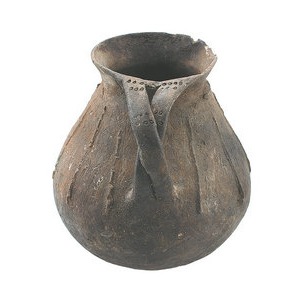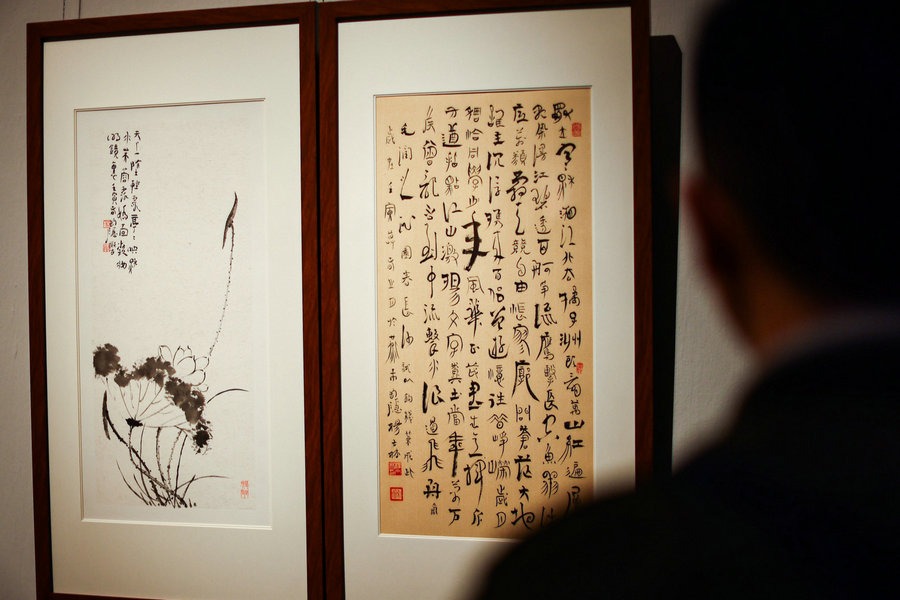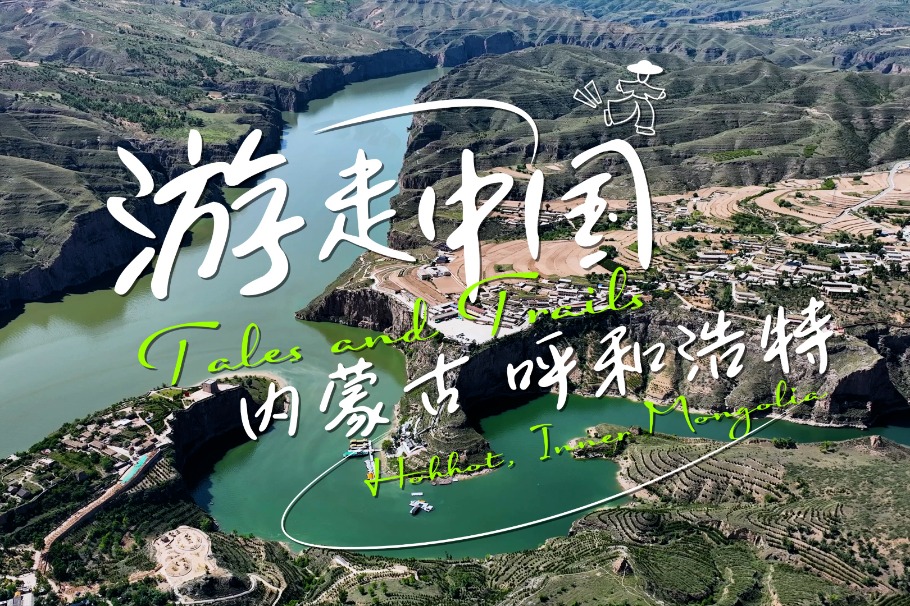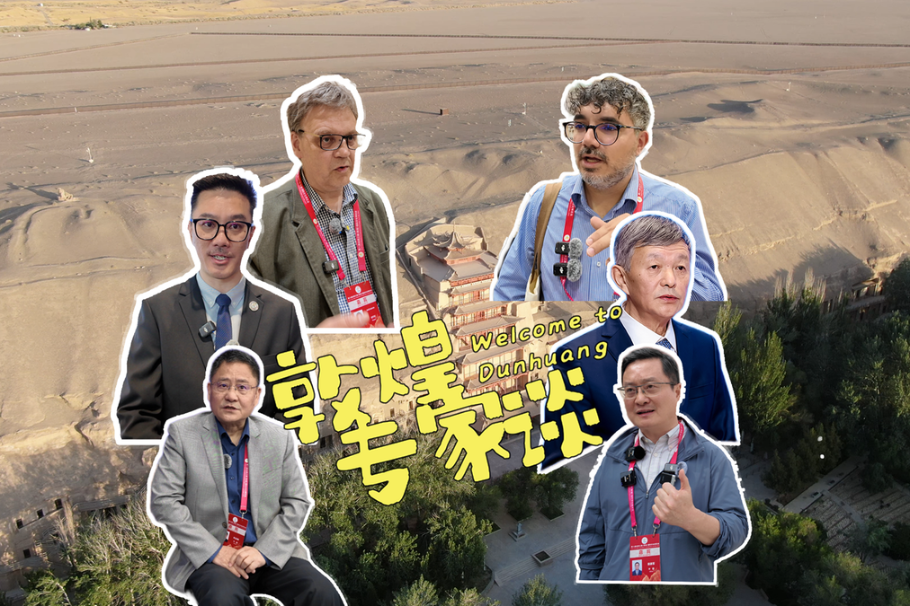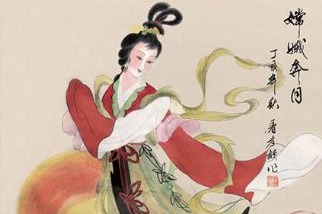High-altitude site offers up intriguing insights
Fish diet of humans thousands of years ago fascinates scientists, Palden Nyima and Daqiong report in Shigatse, Xizang.

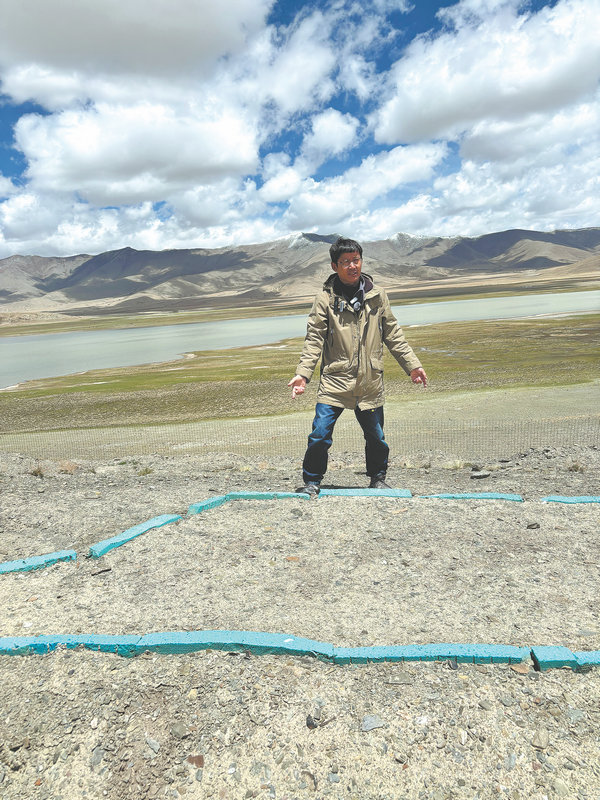
New type
This site differs from previously discovered ones like Karub, in eastern Xizang, and Lhasa Chugong site, in the middle part of the region. It represents a new archaeological cultural style, tentatively classified as the Mapu Tsho Lake culture, according to the institute.
"As we have continued our work, we've found that this site not only offers a new cultural type but also crucial physical evidence for constructing the archaeological cultural sequence of south-central Xizang, including regions like the Lhasa, the Nyangchu and the Yarlung Zangbo river valleys," Shargan Wangdue says.
It is commonly believed that Tibetans living on the plateau region might not favor a fish diet. But things could be different back thousands of years ago.
"At such a high altitude, it was previously inconceivable that populations could thrive, particularly with a diet that included fish. However, the remains clearly show that these ancient people relied heavily on fish from the lake for their survival," he says.
This significant find overturns long-held beliefs about high-altitude diets and demonstrates that prehistoric humans were highly resourceful in utilizing the lake's resources.
According to the institute, objects such as steatite columns, dating back approximately 3,600 to 3,000 years, and red jadeite, originating from the Mongolian Plateau, have been found at this site.
"Additionally, decorative items made of Asian ivory have been discovered, indicating they were brought to the shores of Mapu Lake through long-distance trade. This clearly indicates that the Mapu Tsho site was connected with its surroundings through significant trade and cultural exchanges," Shargan Wangdue says.
He adds that the prone (face-down) burial with extended limbs in the site's Area 1 shows that the origin and the population of the site was closely associated with the eastern part of the Qinghai-Tibet Plateau, indicating that the population may have originated from the east.
He notes that at this site, people also discovered millet and wheat originating from the Yellow River basin in northern China, "although these crops cannot be grown here, we assume that they were brought to this area through long-distance trade".
This synchronization indicates that the historical development of the plateau was intertwined with the surrounding regions, mirroring the societal and historical progress of China as a whole, he adds.
Supported by the Kangmar county government, a comprehensive protection plan for the site was completed with a funding of 500,000 yuan ($69,600) by the county government in 2022, and the plan had been approved and supported by the Cultural Relics Bureau of Shigatse City. Another archaeological park was also planned to better promote public engagement in understanding the new findings.


